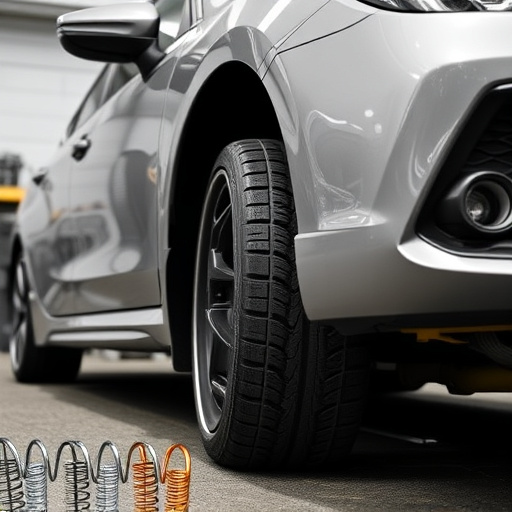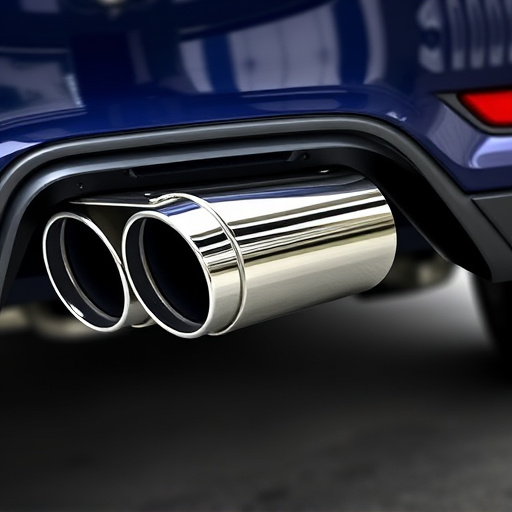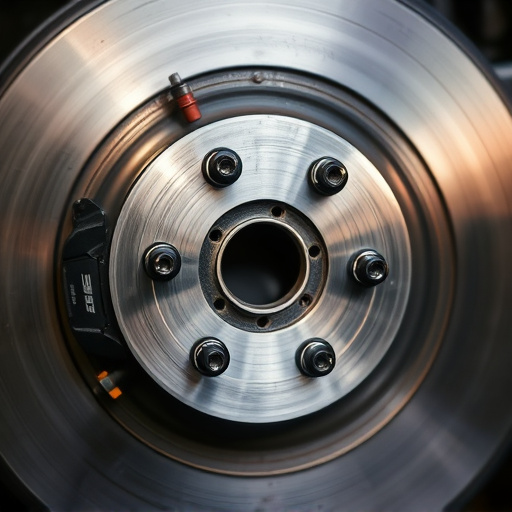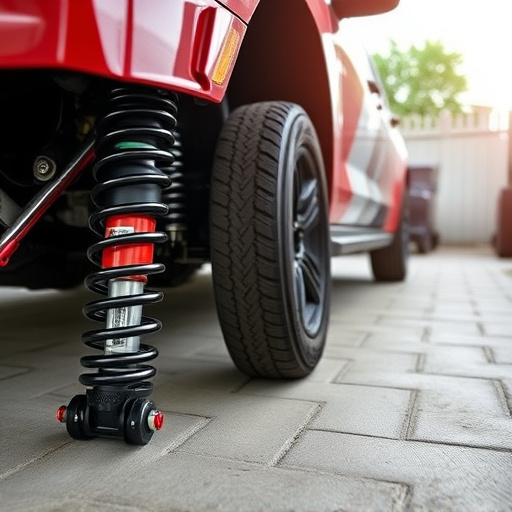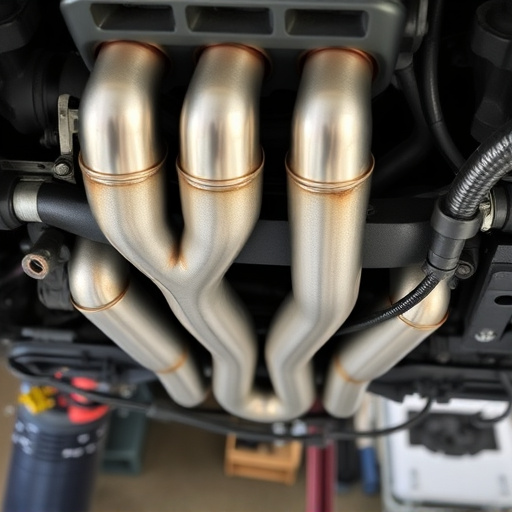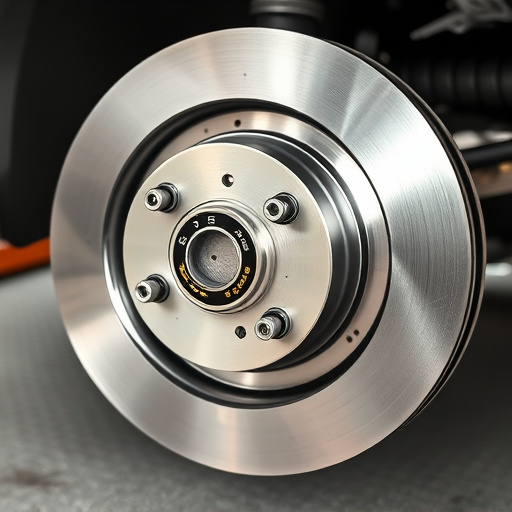An intake manifold upgrade significantly improves throttle response and engine performance by addressing airflow restrictions and leaks caused by carbon deposits or damaged parts. Using lightweight materials like aluminum or carbon fiber and optimizing manifold design enhances air flow for quicker fuel delivery. Upgrades can also include high-flow catalytic converters and cat-back exhaust systems while adhering to emission standards, making vehicles more responsive and powerful.
Looking to boost your vehicle’s performance? Consider an intake manifold upgrade for gains in throttle response. This article guides you through the fundamentals of intake manifolds, explores common issues causing reduced performance, and showcases various upgrade types with their benefits. Discover how a simple yet effective modification can transform your driving experience, enhancing power delivery and responsiveness. Learn more about optimizing your engine’s intake system today!
- Understanding Intake Manifold Basics and Their Role
- Common Issues Leading to Throttle Response Loses
- Types of Intake Manifold Upgrades and Their Benefits
Understanding Intake Manifold Basics and Their Role
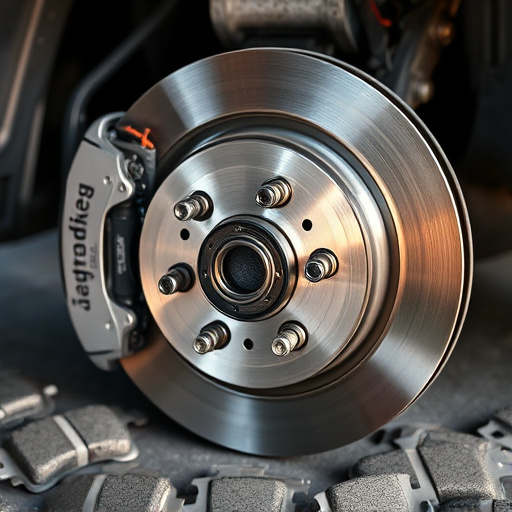
The intake manifold is a crucial component in any internal combustion engine, playing a vital role in the car’s overall performance and throttle response. It acts as a conduit, channeling air (and fuel in some cases) from the engine’s air filter to the cylinders. The design and material of the intake manifold can significantly impact the efficiency of the engine’s combustion process. A well-engineered intake manifold ensures a smooth flow of air, allowing for optimal air-fuel mixture delivery, which results in enhanced power and throttle response gains.
Upgrading an intake manifold is one way to achieve better performance in vehicles seeking that extra boost. By replacing the stock intake manifold with a high-flow design or one made from lightweight materials, car owners can expect improvements in engine breathing and efficient air distribution. These upgrades often complement other performance modifications, such as suspension kits and advanced intake components, further enhancing throttle response and overall vehicle dynamics. Even accessories like high-performance brakes play a supporting role by ensuring the vehicle’s ability to harness and control increased power output.
Common Issues Leading to Throttle Response Loses
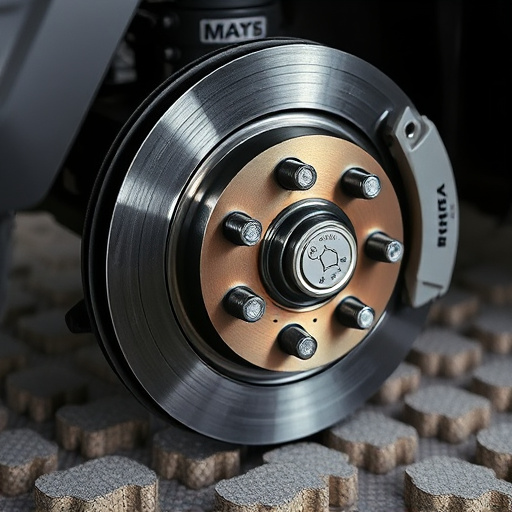
Many vehicles experience throttle response losses due to issues with their intake manifold—a critical component that delivers air and fuel to the engine. Over time, the intake manifold can suffer from various problems that hinder its efficiency. Common culprits include a buildup of carbon deposits inside the ducts and ports, leading to restricted airflow. These deposits can result from poor maintenance practices, such as not changing performance air filters regularly or using low-quality fuels.
Additionally, damaged or cracked components within the intake manifold, often caused by road debris or internal corrosion, can cause air leaks. Such leaks disrupt the delicate balance of air and fuel mixture, resulting in a delay in throttle response. Furthermore, an outdated or inefficient design might not be able to keep up with modern high-performance parts, especially those featuring advanced engine management systems that demand precise airflow control. Properly addressing these issues through an intake manifold upgrade can significantly improve throttle response, ensuring your vehicle delivers the swift and responsive acceleration expected from high-performance vehicles.
Types of Intake Manifold Upgrades and Their Benefits
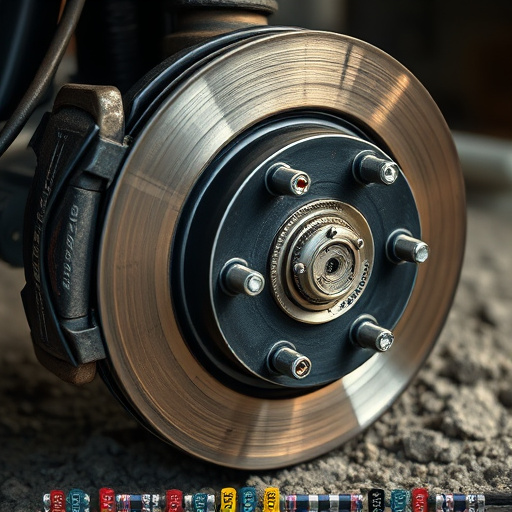
An intake manifold upgrade is a popular modification among car enthusiasts aiming to enhance their vehicle’s performance, particularly in terms of throttle response. These upgrades come in various forms, each offering unique advantages. One common type involves replacing the stock plastic or rubber intake tubes with sturdier and lighter alternatives made from materials like aluminum or carbon fiber. This simple change can significantly improve air flow, allowing for a quicker and more efficient delivery of fuel to the engine, resulting in enhanced throttle response.
Another category focuses on modifying the manifold’s design, such as installing a larger-diameter intake pipe or a cold air intake system. These upgrades ensure a steady stream of cool air into the engine, which is crucial for optimal combustion. By enhancing airflow and reducing restrictions, these modifications can lead to noticeable gains in power and torque, making the vehicle feel more responsive and agile, especially during rapid acceleration. Moreover, integrating high-flow catalytic converters or a cat-back exhaust system as part of the intake manifold upgrade package can further improve engine performance while maintaining legal emission standards.
Upgrading your vehicle’s intake manifold can significantly enhance throttle response, improving overall performance. By addressing common issues like air leaks and restricted airflow, you can unlock substantial gains in acceleration. Various intake manifold upgrades are available, each offering unique benefits tailored to different driving needs. Whether it’s for daily driving or track use, investing in a high-quality intake manifold upgrade is a strategic move that promises both reliability and performance boosts, ensuring an exhilarating driving experience.








